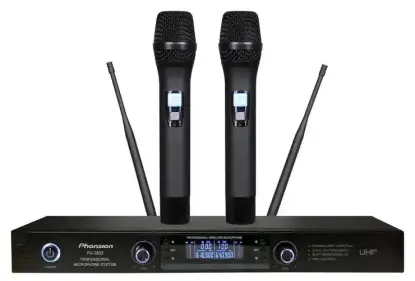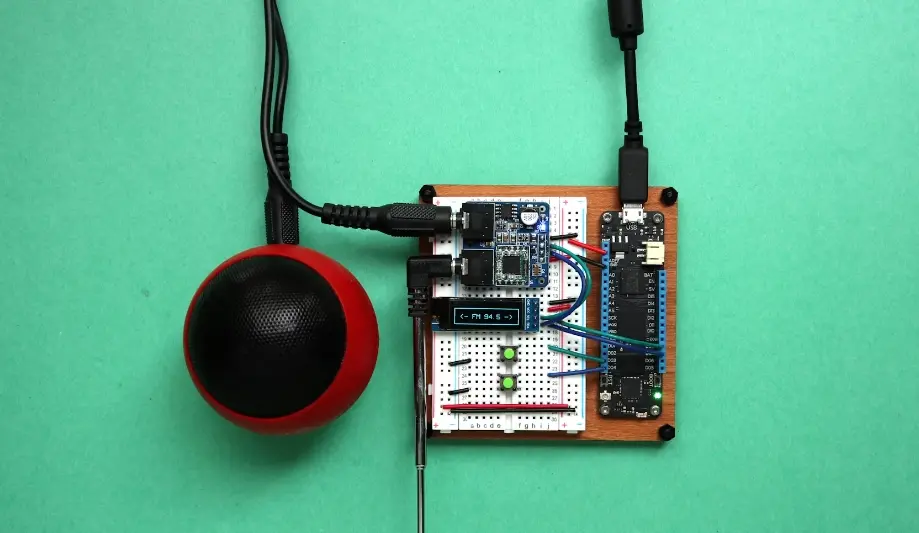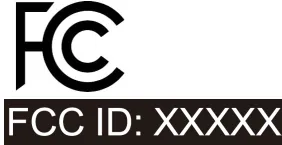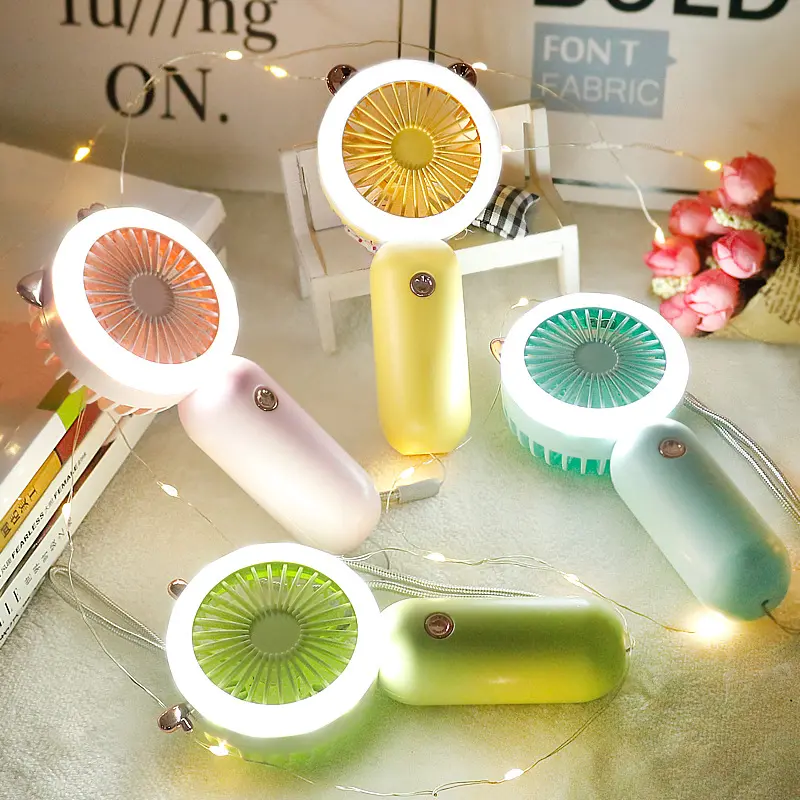
What is Directive 2016/425/EU?
Overview of Directive 2016/425/EU
Directive 2016/425/EU is a regulation issued by the European Union on March 9, 2016, concerning Personal Protective Equipment (PPE). This directive came into effect on April 20, 2016, and was fully implemented on April 21, 2018, replacing the previous Directive 89/686/EEC.
Detailed Introduction to Directive 2016/425/EU
Scope of Directive 2016/425/EU
The directive covers various types of Personal Protective Equipment, including:
- Head protection: Safety helmets, etc.
- Eye protection: Goggles, face shields, etc.
- Respiratory protection: Gas masks, dust masks, etc.
- Hearing protection: Earplugs, earmuffs, etc.
- Body protection: Protective clothing, aprons, etc.
- Hand protection: Protective gloves.
- Foot protection: Safety shoes, protective boots, etc.
- Fall protection: Safety harnesses, safety ropes, etc.
Primary Objectives of Directive 2016/425/EU
- To ensure that all Member States adhere to common standards for PPE, safeguarding the health and safety of users.
- To facilitate the free circulation of PPE within the EU.
Core Requirements of Directive 2016/425/EU
Basic Health and Safety Requirements
PPE products must meet a range of fundamental health and safety standards, including:
- Design principles: Ergonomics, protection levels, and effectiveness.
- Harmfulness: Free from intrinsic hazardous factors.
- Comfort and adaptability: Fit for the user’s morphology.
- Durability and strength: Lightweight yet robust.
- Compatibility: Ensures compatibility with different models or categories of PPE for simultaneous use.
Technical Documentation
Manufacturers must prepare technical documentation that includes:
- A detailed description of the PPE and its intended use.
- Disclosure of risks the PPE is designed to mitigate.
- A list of applicable basic health and safety requirements.
- Design plans and schemes of the PPE and its components.
EU Declaration of Conformity
Manufacturers must provide an EU Declaration of Conformity, indicating compliance with the directive's requirements. The PPE must also include user instructions and contact details, presented in the language of the intended user.
CE Marking
PPE products must bear the CE marking, demonstrating compliance with the EU’s relevant regulations and harmonized standards. Specific rules regarding the CE marking are detailed in the directive and related standards.
Note: The CE-PPE certification is a mandatory safety certification for PPE products in the EU. Only PPE products with the CE marking are legally permitted for circulation within the EU market.
Risk Categories and Assessment Procedures under Directive 2016/425/EU
Based on the risk level, PPE is categorized into three classes, each with distinct conformity assessment procedures:
1. Category I:
- Simple PPE offering minimal protection (approximately 10% of all PPE).
- Manufacturers may self-certify.
2. Category II:
- PPE not included in Categories I or III (approximately 80% of all PPE).
- Independent laboratories must conduct inspections.
3. Category III:
- Complex PPE designed for protection against fatal hazards or irreversible health damage (approximately 10% of all PPE).
- Requires testing by independent laboratories and quality assurance of the production process.
CE-PPE Certification Process and Requirements
1. Product Classification
- Category I: Self-certification by manufacturers.
- Category II: Inspection by independent laboratories.
- Category III: Requires both laboratory testing and production quality assurance.
2. Technical Documentation Preparation
Manufacturers must draft detailed technical documentation, including:
- Comprehensive product description, including its function, application scenarios, and intended user group.
- Disclosure of risks the product mitigates, such as protection against chemical corrosion or mechanical damage.
- A checklist of basic health and safety requirements applicable to the product.
- Design plans and blueprints, specifying material selection and structural design.
Retention Period: These documents must typically be kept for a minimum of 10 years for regulatory inspection.
3. Conformity Assessment
For non-Category I products, an EU-accredited certification body must perform the assessment. The body reviews the technical documentation and tests the product to verify compliance with safety and health standards.
- For example, protective gloves are tested for abrasion and chemical resistance, while safety shoes are tested for puncture resistance and slip performance.
4. EU Declaration of Conformity
After passing the assessment, the manufacturer must provide an EU Declaration of Conformity. The product must include user instructions and contact details in the user’s language for proper use and support.
5. CE Marking Usage
Only after completing all the above steps can the CE marking be affixed to the product. The CE marking must comply with specified style, size, and placement requirements, signifying conformity with EU regulations and standards. Misuse of the CE marking for non-compliant products can lead to severe legal penalties.
Email:hello@jjrlab.com
Write your message here and send it to us
 Wireless Microphone Export Certification
Wireless Microphone Export Certification
 Audio-Visual Products SNI Certification in Indones
Audio-Visual Products SNI Certification in Indones
 FCC-ID: Still Needed if Module is Certified?
FCC-ID: Still Needed if Module is Certified?
 FCC Certification Fees for Handheld Fans
FCC Certification Fees for Handheld Fans
 FCC Certification Testing for Smart Lighting Produ
FCC Certification Testing for Smart Lighting Produ
 What is the ETSI EN 303 645 Testing Standard?
What is the ETSI EN 303 645 Testing Standard?
 UL Compliance and ETL Certification for LED Lighti
UL Compliance and ETL Certification for LED Lighti
 What is the IEC 60598 Standard?
What is the IEC 60598 Standard?
Leave us a message
24-hour online customer service at any time to respond, so that you worry!




